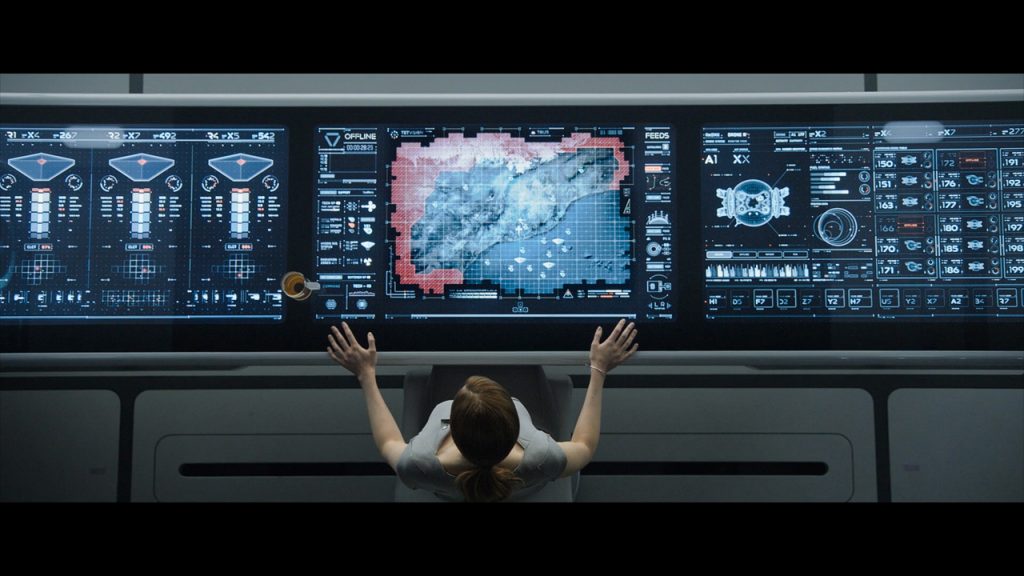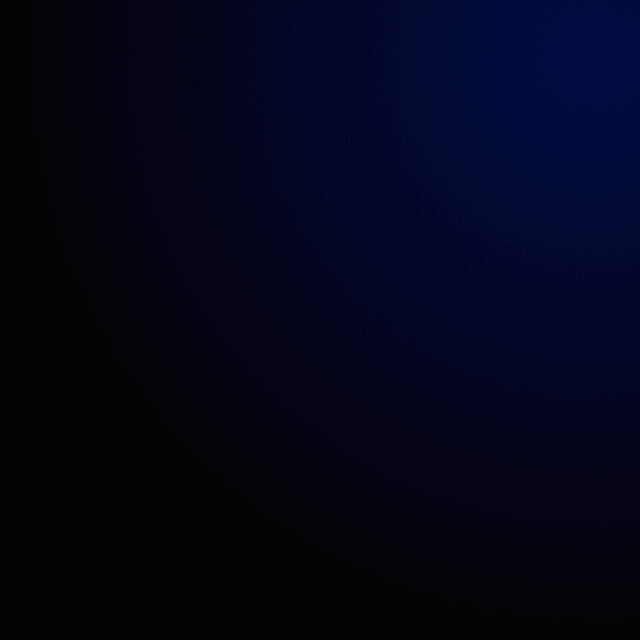hyejos-portrait
For my self-portrait, I tried to make it look as much as a line drawing as possible. I also wanted to bring focus to my eyes as I consider my eye liner (my eye makeup as I have been putting it on consistently for several years now) to be part of my identity.
function setup() {
createCanvas(600,600);
background(255,255,249);
}
function draw() {
//hair
noFill();
stroke(255,80,73);
strokeWeight(8);
beginShape();
curveVertex(300, 30);
curveVertex(300, 30);
curveVertex(140, 120);
curveVertex(100,300);
curveVertex(100, 530);
curveVertex(220, 580);
curveVertex(220, 500);
curveVertex(125, 300);
curveVertex(300, 75);
curveVertex(300, 75);
endShape();
line(300,30,300,75);
beginShape();
curveVertex(300, 30);
curveVertex(300, 30);
curveVertex(460, 120);
curveVertex(500,300);
curveVertex(500, 530);
curveVertex(380, 580);
curveVertex(380, 500);
curveVertex(475, 300);
curveVertex(300, 75);
curveVertex(300, 75);
endShape();
stroke(255,80,73);
strokeWeight(5);
beginShape();
curveVertex(300, 30);
curveVertex(300, 30);
curveVertex(140, 120);
curveVertex(100,300);
curveVertex(100, 530);
curveVertex(220, 580);
curveVertex(220, 500);
curveVertex(125, 300);
curveVertex(300, 75);
curveVertex(300, 75);
endShape();
//face
noFill();
stroke(255,178,217);
strokeWeight(8);
ellipse(300, 300, 350, 450);
noFill();
stroke('#00120B');
strokeWeight(5);
beginShape();
curveVertex(350, 260);
curveVertex(350, 260);
curveVertex(375, 235);
curveVertex(410,235);
curveVertex(445, 260);
curveVertex(445, 260);
endShape();
noFill();
stroke(0);
strokeWeight(3);
beginShape();
curveVertex(350, 260);
curveVertex(350, 260);
curveVertex(375, 275);
curveVertex(410,275);
curveVertex(445, 260);
curveVertex(445, 260);
endShape();
//eyeliner - right eye
fill(0);
noStroke();
beginShape();
curveVertex(347, 260);
curveVertex(347, 260);
curveVertex(355,240);
curveVertex(375,225);
curveVertex(400,222);
curveVertex(420,225);
curveVertex(420,225);
curveVertex(445,260);
curveVertex(410,235);
curveVertex(375,235);
curveVertex(350,260);
curveVertex(350,260);
endShape();
triangle(416,225, 475,240, 446,262)
//left eye
noFill();
stroke('#00120B');
strokeWeight(5);
beginShape();
curveVertex(250, 260);
curveVertex(250, 260);
curveVertex(225, 235);
curveVertex(190,235);
curveVertex(155, 260);
curveVertex(155, 260);
endShape();
//under eye
noFill();
stroke(0);
strokeWeight(3);
beginShape();
curveVertex(250, 260);
curveVertex(250, 260);
curveVertex(225, 275);
curveVertex(190,275);
curveVertex(155, 260);
curveVertex(155, 260);
endShape();
//eyeliner - right eye
fill('#00120B');
noStroke();
beginShape();
curveVertex(253, 260);
curveVertex(253, 260);
curveVertex(245,240);
curveVertex(225,225);
curveVertex(200,222);
curveVertex(180,225);
curveVertex(180,225);
curveVertex(155,260);
curveVertex(190,235);
curveVertex(225,235);
curveVertex(250,260);
curveVertex(250,260);
endShape();
triangle(184,225, 125,240, 154,262)
// pupils
circle(215,245,35,35)
circle(408,245,35,35)
//eyebrows
fill(0);
beginShape();
quad(257,185,170,180,170,190,255,200);
endShape(CLOSE);
triangle(170,180,130,200,180,190);
endShape();
fill(0);
beginShape();
quad(343,185,430,180,430,190,345,200);
endShape(CLOSE);
triangle(430,180,470,200,420,190);
endShape();
//nose
noFill();
stroke(223,253,255);
line(290,240,285,340);
stroke(223,253,255);
line(310,240,315,340);
arc(311,368, 90, 70, PI, PI + QUARTER_PI);
noFill();
stroke(223,253,255);
line(290,240,285,340);
stroke(223,253,255);
line(310,240,315,340);
endShape();
arc(287, 368, 90, 70, -PI*1/4, 0);
stroke()
arc(300,430, 70, 30, 0, PI)
}

![[OLD FALL 2019] 15-104 • Introduction to Computing for Creative Practice](https://courses.ideate.cmu.edu/15-104/f2019/wp-content/uploads/2020/08/stop-banner.png)





